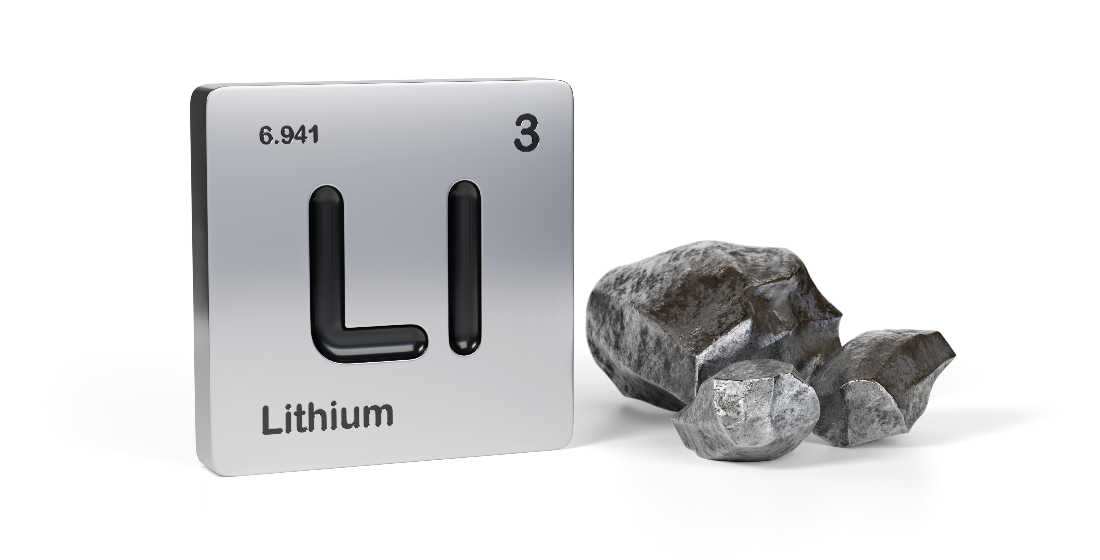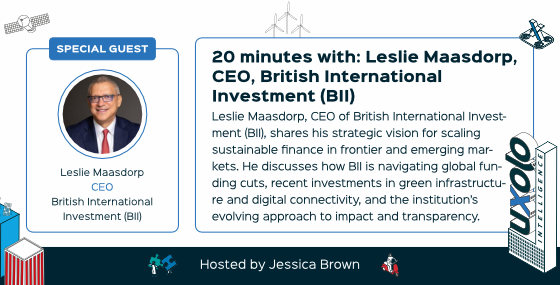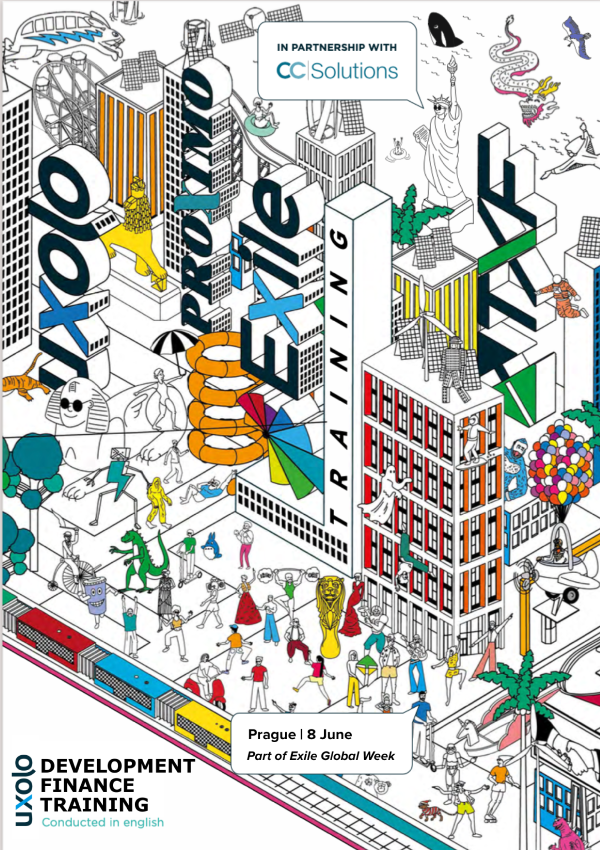And for its next trick…
How do you finance a Vietnamese water purifying project without lending to it? Last week the World Bank did just that via the issue of its second outcome-based bond.

Last week the World Bank, via the IBRD, priced and privately placed its second outcome-based bond – a five-year $50 million emission reduction-linked bond in which part of investors’ returns are linked to the issue of verified carbon units (VCU) to be produced by a non-World Bank $7.2 million water purification project in Vietnam.
It’s a small bond issue by any MDB standard, but it is also structured in a way that enables the World Bank to catalyse finance for the Vietnamese project without lending to the scheme, thereby using none of the World Bank’s precious balance sheet space – albeit that space-saving is just $7.2 million on this deal.
The project is sponsored by Sustainability Investment Promotion and Development Co (Sipco). Under a 10-year contract with the Ministry of Education and Training, Sipco will manufacture and distribute 300,000 water purifiers to 8,000 schools and institutions in Vietnam.
The scheme will make clean water available to around two million school children and other beneficiaries, while also mitigating greenhouse gas emissions by avoiding the burning of biomass to purify water. Although not a World Bank project, the bank estimates the ‘project has the potential to reduce nearly 6 million tons of carbon dioxide, the equivalent of taking almost two coal fire power plants out of service for a year.’
The financing for the Vietnamese scheme piggybacks on the triple-A credibility of what would otherwise be a standard five-year World Bank sustainable bond. The key point about the bond issue is how its coupon functions rather than the $50 million of World Bank paper: the proceeds from the issue will be used to fund the World Bank's sustainable development loans globally and do not finance the Vietnamese project.
While the World Bank repays the principal (ergo the issue is principal protected) and part of the bond coupon – giving investors certainty of a minimum return of 0.52% – another part of the coupon is variable. The variable part is paid into a swap with Citigroup, which then pays Sipco the $7.2 million required for its project capex. As the project is developed, Citi buys up a pre-agreed amount – 1.8 million tonnes equivalent – of fixed price VCUs from Sipco for re-sale or Citi’s own account.
The total VCUs produced in the first three years are expected to more than cover the Citi capex payment to Sipco and pay the second part of the bond investors’ coupon. The coupon payments will be every six months and mirror how many VCUs have been registered in that period. Once the project has generated 1.8 million tonnes of VCUs, Sipco can sell any further VCUs generated on the open market.
The outcomes-based deal builds on the World Bank’s Rhino Bond template. That structure – a five-year $150 million sustainable development bond with a potential performance payment from the Global Environment Facility (GEF) – debuted in 2022.
Although both deals share similarities, there are also significant differences. While both use a standard five-year World Bank sustainable bond on which the World Bank repays the principal, the coupon innovation in the Rhino deal relies on the GEF grant – and the GEF grant only pays out if the project is successful in boosting black rhino numbers in South Africa.
The outcome of the Vietnam water deal is significantly more predictable for investors. The project is not using untested technology, has government backing and minimal project risk. Unless there is a complete failure by Sipco to deliver, the project will produce VCUs – it is simply a question of how many and in what timescale.
Verra will be certifying the VCUs and Citigroup has contracted to buy the first 1.8 million tonne-equivalent of the credits (worth $10.4 million at the agreed fixed price with Sipco), which are expected to be produced by year three of the project, giving investors in the five-year bond a two-year tail.
If the project generates the number of registered VCUs predicted in the modelling, the total coupon on the bond is predicted to be around 100bp higher than the norm for a World Bank five-year coupon.
The Uxolo perspective
The bond issue, arranged by Citigroup with counsel from Clifford Chance, was placed with Impax Asset Management, Velliv Pension and Nuveen, and although it could have sold more, $50 million was all the World Bank required to generate the coupon to raise the $7.2 million required for the water purification project.
The deal is a neat solution to monetising future carbon credits for use as project capex in developing markets or sectors where bankability is a headache. Triple-A rated World Bank has done some standard bond fundraising and, via its innovative coupon structure, generated financing for a project to which it is not lending.
At its simplest, all parties to the deal come out of it well.
The project sponsor is happy – Sipco gets its project capex from a future flow, and not all its VCU future flow at that.
Citigroup is happy – it can sell the VCUs it buys at whatever price its wishes, which could be significantly higher than the fixed price it is paying (the $10.4 million pre-agreed total that Citi is paying equates to $5.7 for each tonne of VCU – contrast that with the price of carbon in the EU topping €100 a tonne this week).
The investors are happy – a triple-A rated borrower providing certainty of a minimum return and the prospect of an additional uplift on that return (they are only taking some minimal coupon risk).
And the World Bank is happy – a project within its mandate financed, and no impact on its balance sheet.
While the balance sheet space saving to the World Bank is just $7.2 million on this deal, if the template can be upscaled and replicated by others – which arguably it could given the burgeoning number of corporates that will need to buy carbon credits to meet their climate commitments and the rising cost of carbon – this outcomes-bond could prove another useful tool for MDBs and DFIs to mobilise more capital markets investors for projects they would otherwise have to fund directly.
Using the volume of the bond as a yardstick, simple maths dictates that a $500 million bond by a triple-A rated issuer using this template for a VCU producing project would generate $72 million of capex funding from the coupon. And $72 million is enough to get a significant EV charging project financed.
Of course back-of-a-fag-packet multiplication and two bespoke deals in 12 months does not mean there is a viable market for the product, but for any potential VCU producing project in need of capex, the World Bank may be on to something here.





